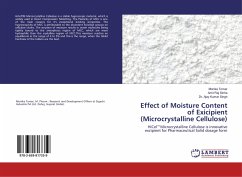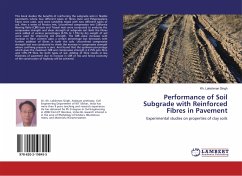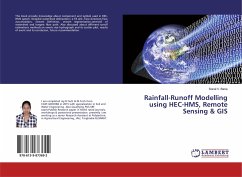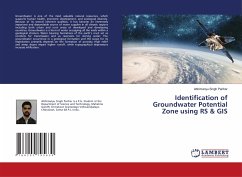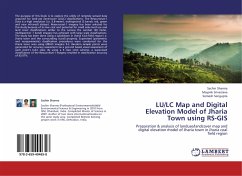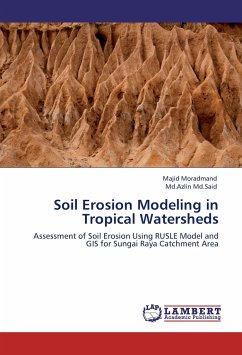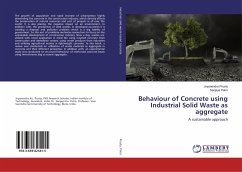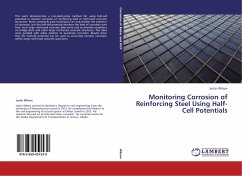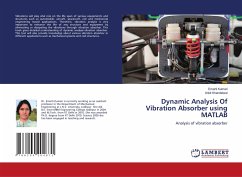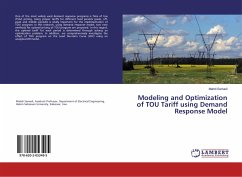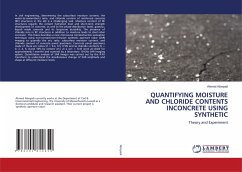
QUANTIFYING MOISTURE AND CHLORIDE CONTENTS INCONCRETE USING SYNTHETIC
Theory and Experiment
Versandkostenfrei!
Versandfertig in 1-2 Wochen
47,99 €
inkl. MwSt.

PAYBACK Punkte
24 °P sammeln!
In civil engineering, determining the subsurface moisture content, the water-to-cement(w/c) ratio, and chloride content of reinforced concrete (RC) structures in the eld is a challenging task. Moisture content of RC structures regards the cement hydration level and short-term strength development of concrete, as well as the phase-distribution (solid, gaseous, liquid) inside concrete and its long-term durability. The presence of chloride ions in RC structures in addition to moisture leads to steel rebar corrosion. This thesis describes a new microwave nondestructive evaluation technique using n...
In civil engineering, determining the subsurface moisture content, the water-to-cement(w/c) ratio, and chloride content of reinforced concrete (RC) structures in the eld is a challenging task. Moisture content of RC structures regards the cement hydration level and short-term strength development of concrete, as well as the phase-distribution (solid, gaseous, liquid) inside concrete and its long-term durability. The presence of chloride ions in RC structures in addition to moisture leads to steel rebar corrosion. This thesis describes a new microwave nondestructive evaluation technique using non-contact/non-intrusive synthetic aperture radar (SAR) imaging to quantify the w/c ratio, subsurface moisture content, and chloride content of concrete panel specimens. Concrete panel specimens made of three w/c ratios (Z = 0.4, 0.5, 0.55) and six chloride contents (S = 0, 2, 4, 6, 8,and 10% by cement wt.) at a w/c = 0.45 were air-dried for approximately f months and scanned by a laboratory10-GHz SAR imaging system. Quantitative analysis of SAR images was carried out by the K-R-I transform to understand the simultaneous change of SAR amplitude and shape at different moisture levels.



